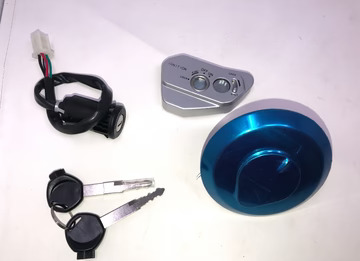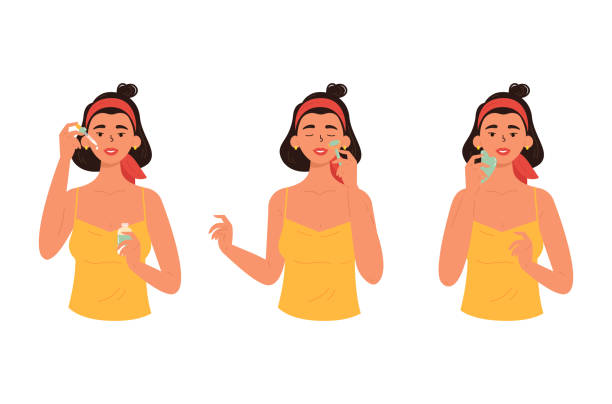Aging is something you don’t really think about until it starts to show. Wrinkles in the mirror, slower mornings, the aches that weren’t there before. For a long time, we thought of aging only in terms of years; a number ticking up on a birthday cake. But longevity today involves much more. Living long and well involves how we move, feel and live our lives. This is why more people are turning towards NAD therapy, not as a quick fix but part of an overall strategy to remain vibrant, present, and truly alive.
We live in a world where life expectancy has gone up, but the quality of those years is still up for debate. Think about it. What’s the point of living to 90 if the last 20 years are spent in decline? Longevity is changing its meaning. It’s no longer about simply adding years. It’s about adding life to those years.
People want to travel, to keep up with their kids or grandkids, to keep their minds sharp enough to read, write, and learn new things, even in later stages of life. This isn’t about chasing immortality. It’s about refusing to accept that aging automatically equals decline.
Health, not just time, has become the new currency of aging. And it makes sense. You’ve probably seen it around you; two people of the same age can live completely different lives. One still hikes mountains, the other struggles with basic mobility. Same birthdays, different outcomes. That gap is what we now call “healthspan.”
But here’s where it gets tricky. Our modern lifestyles don’t exactly help. Stress, poor sleep, processed foods, and endless screen time; they all speed up aging in ways we don’t always notice. One day, you wake up realizing your energy isn’t what it used to be. Your memory slips a little more often. The idea of “slowing down” creeps in, even if you’re not ready for it.
This is why longevity is shifting away from being an abstract dream to something practical. It’s not about chasing some magic pill. It’s about rethinking how you live every day.
Of course, science has stepped into this conversation in a big way. The more we learn about aging, the clearer it becomes that it’s not just random wear and tear. There are processes in your cells that either accelerate or slow it down. Researchers talk about mitochondria, DNA repair, and inflammation; things that sound like biology class, but they matter in real life.
Think of your body like a car. The better you maintain it, the longer it runs smoothly. Skip the oil changes, ignore the warning lights, and suddenly, things start breaking down. It’s not about stopping the clock but keeping the engine running in good condition.
What’s interesting is how personal all this feels now. Aging used to be something that just happened to people. Now, you have choices. The way you eat, how you move, whether you manage stress; these decisions add up. Your actions go far beyond simply adding days; they can alter how and what kind of days will actually pass for you.
Here lies the key change of perspective: longevity should not be approached fearfully but as an adventure: what habits and activities could give us more energy tomorrow and make us stronger, sharper, and more resilient over time?
Some people look at new therapies, others stick with basics like exercise and nutrition. Many combine both. But underneath it all, there’s a simple truth: longevity is deeply human. It’s about wanting more time with the people you love. More sunsets. More good conversations. More chances to be present.
At times it can be easy to lose yourself in numbers and science; yet at the core it all comes back down to creating moments and having the freedom of doing so through a healthy body.
So when we talk about aging today, it doesn't have to mean seeking youthfulness forever; rather it means changing how people view aging as they approach this phase in their life. Aging doesn't need to mean leaning back from life with less vitality; instead we should use longevity not as just another stat but as something personal: making decisions today that make tomorrow better than today!




Want to add a comment?